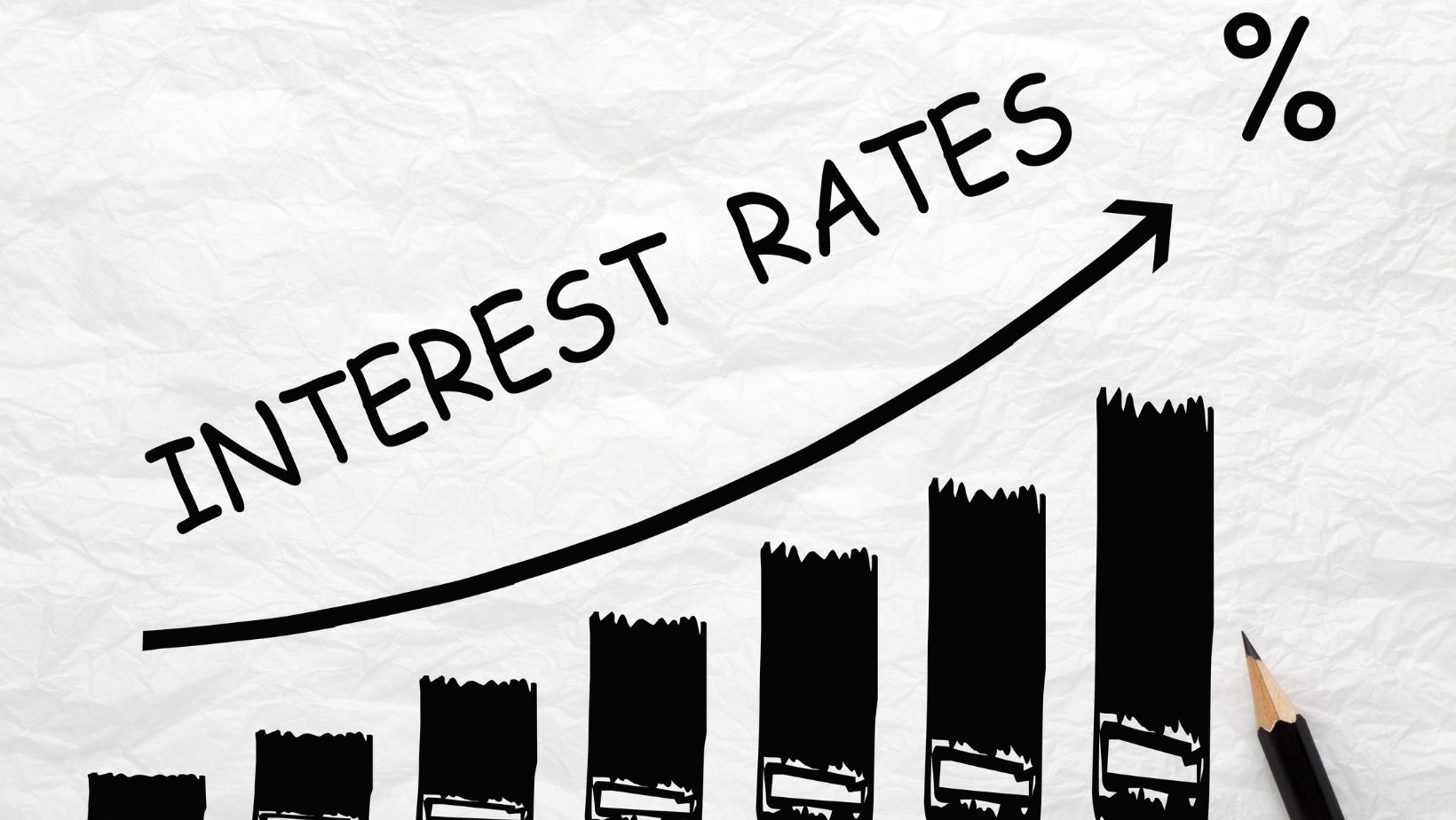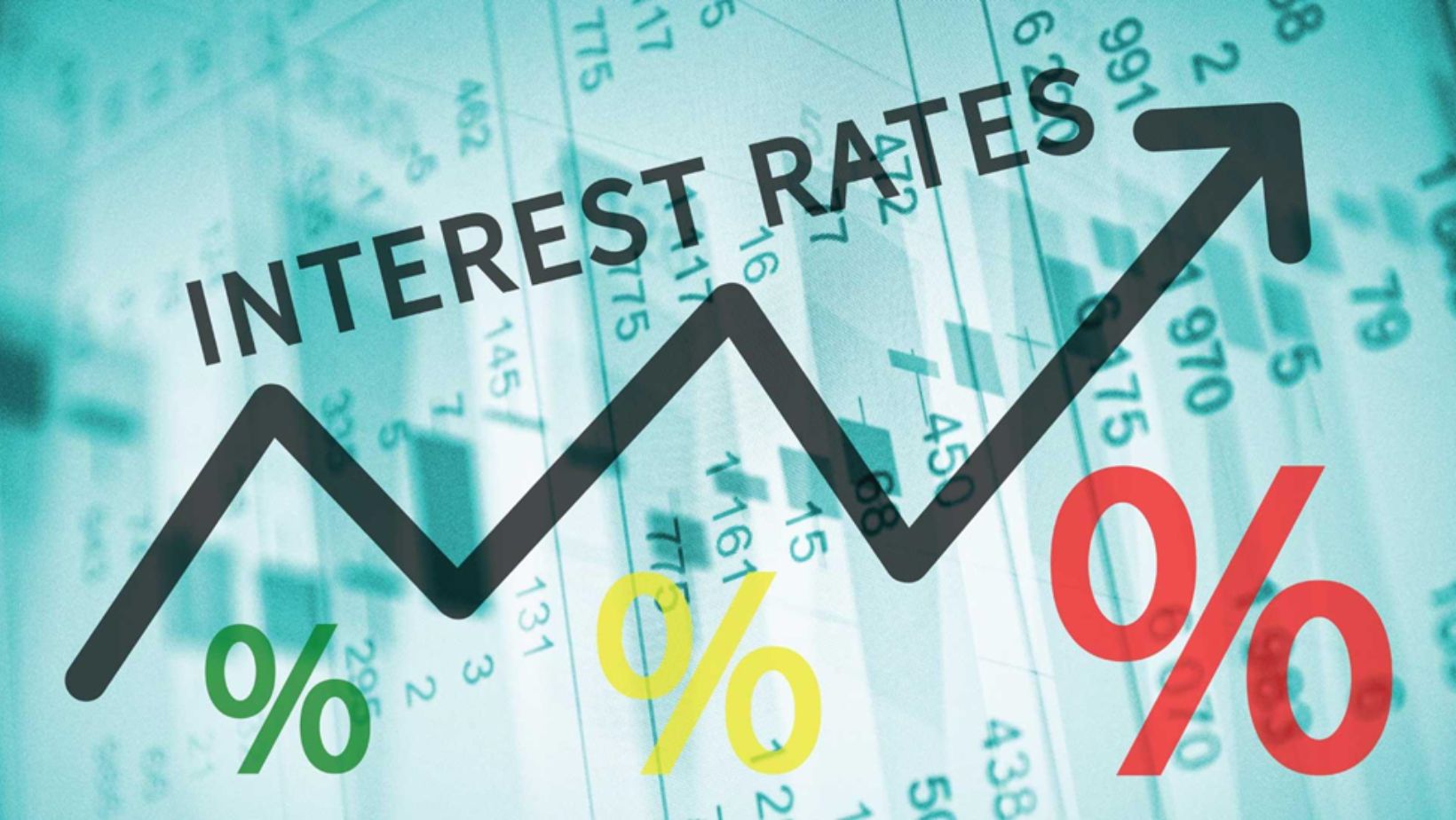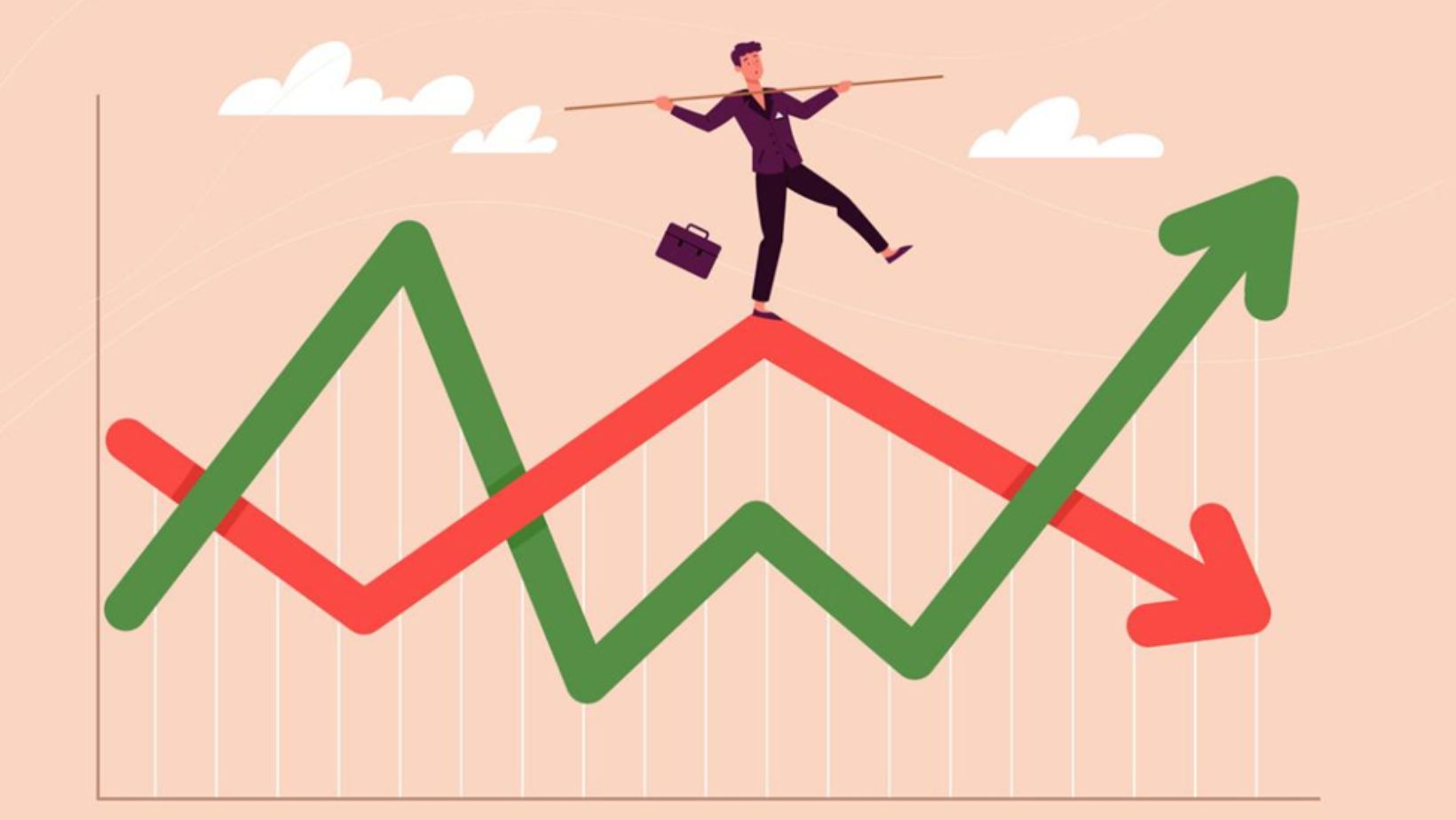Nominell Og Effektiv Rente – Factors That Determine Interest Rates

There are several kinds of interest rates, and it is important to know them. This is because we are all affected in one way or the other by the implications of these interest rates. While you may not be able to go over all of them, there are two major ones that you should endeavor to understand – Nominal and Effective interest rates.
The former is more or less another term for the base rate that is usually advertised by lenders and those looking for investors. However, it does not represent the actual cost of securing a loan or investing in a venture. This is why you also need to know about effektiv rente (the Norwegian translation for effective interest rate).
It presents a truer picture of what getting a loan will cost you or the cost-to-dividend ratio that would come with investing in a venture. Now that the major difference between both terms has been established, you should know that these rates are affected by several factors. A couple of these factors will be explained here in this article.
What Factors Affect Nominal and Effective Interest Rates?
These rates are impacted by several factors. This is why they are not certain to remain the same. Some of the factors in question include the following:
Credit Supply-to-Demand Ratio
Creditors run a business, and there are economic realities that come to play when running a business. One such is the demand-to-supply ratio. Demand explains how much and how many consumers need the said product or service that a business offers.
Supply, on the other hand, refers to how much product or service the business can or is willing to make available to consumers. Usually, the business has leverage when the demand for its product or service is more than what it can supply or is willing to supply.
As a result of this leverage, the business can decide to increase the price of its product or service to consumers. In the same vein, when demand for a creditor’s services surpasses its supply, the creditor can decide to make the most of the situation by raising its interest rates.
Competition in the Creditor’s Market
This point could conveniently be explained as part of the point above. However, it would be better understood when discussed alone. The amount and intensity of competition in the creditor’s market are always going to impact the supply-to-demand ratio. Let us see a simple example below to drive home this point.
Imagine 20 people need the service of creditors, and there are only 2 businesses that offer credit services. The first creditor can offer its services to 9 of these people, while the second can offer its services to 7 people.
You do the math and realize that both creditors in the financial market can only cater to the needs of 16 people. This means that the demand outweighs the supply, as there are still four people that need credit services.
As a result, both creditors have leverage and are in a good position to increase interest rates. This is not forgetting how the competition still means that these creditors can try out-playing each other.
Now imagine that a third creditor gets into the financial market. Let us assume this new creditor in the market can cater to the credit needs of 7 people. This means that all three creditors can cater to the credit needs of 23 people. As a consequence, supply has now exceeded demand considering that there are 20 people in need of credit services in the market.
As a result, these creditors do not have as much leverage as they once did. Interest rates can drop as a result of this. This is also not forgetting how the competition among creditors would see them trying to win over borrowers with deals that favor credit consumers.
Inflation
Money can lose its purchasing power over time. Inflation is the term that is used to explain this. Imagine you lent someone 5000 Norwegian kroner in the year 2020, and the person paid you only the principal amount in 2022.
While the person repaid the exact amount that was borrowed, the same cannot be said about getting back your money with the same value it was given. You cannot purchase in the year 2022 a lot of things that you could have purchased with 5000 Norwegian Krone in 2020.

For the record, the average price of things went up by 4.47 percent between the years 2020 and 2022. This means that you have lost money in the real sense of things, even though you got back your money (principal).
Besides adding interest rates to make a profit from lending to borrowers, the interest rates set by creditors are also influenced by the proposed inflation rate. This is so that they do not run at a loss.
Risk Assessment
There is a risk involved in offering credit to borrowers. There are several yardsticks used to assess the risk involved, and some of them include the following:
The Involvement of a Collateral or Otherwise
The risk would be a lot less if it is a secured loan – which requires the borrower to present collateral. The worth of the presented collateral is also a factor that determines the risk. For instance, how much equity does the borrower have in an asset that is used as collateral?
The risk is a lot more if it is an unsecured loan – which does not require collateral. As a result, the interest rate on the loan would reflect this by being high.
The Creditworthiness of the Borrower
This is about the credit profile of the borrower. There is a credit score that could easily explain how creditworthy the borrower is. However, creditors are likely to not only look at this important detail.

Other considerations will include the borrower’s credit history. Has the borrower taken out loans and paid them back on time? What is the borrower’s income-to-debt ratio? These and a few other things will be used to determine how creditworthy the prospective borrower is.
Market Volatility
The economic state, fiscal policies, and the peculiarities of an investment venture are some of the things that determine market volatility. The more volatile the market is, the more likely it is that loans will come with high-interest rates and vice versa.
Conclusion
A few very important factors that determine nominal and effective interest rates have been discussed in this article. This information is not only important for people in need of lines of credit. It is equally important for investors who would be making their profit from the interest they get from the investment venture.
-
Personal Finance12 months ago
How Do I Find My UCAS ID Number?
-
Success6 years ago
Consistency: The Key Ingredient to Success
-
Personal Finance12 months ago
What Does Conditionally Approved Mean For An Apartment?
-
Motivation3 years ago
How To Become a More Organized Person?
-
Others5 years ago
Work Health and Safety: 8 Reasons to Maintain a Clutter-free Office
-
Entrepreneurs4 years ago
Why Diversity is Key in Business Marketing
-
HK Pools12 months ago
The HK Pools Forum Comunity Jos Markotop 2D Warna Kuning – A Great Way to Stay Connected
-
Sport2 years ago
What Makes Soccer Betting So Great?



























